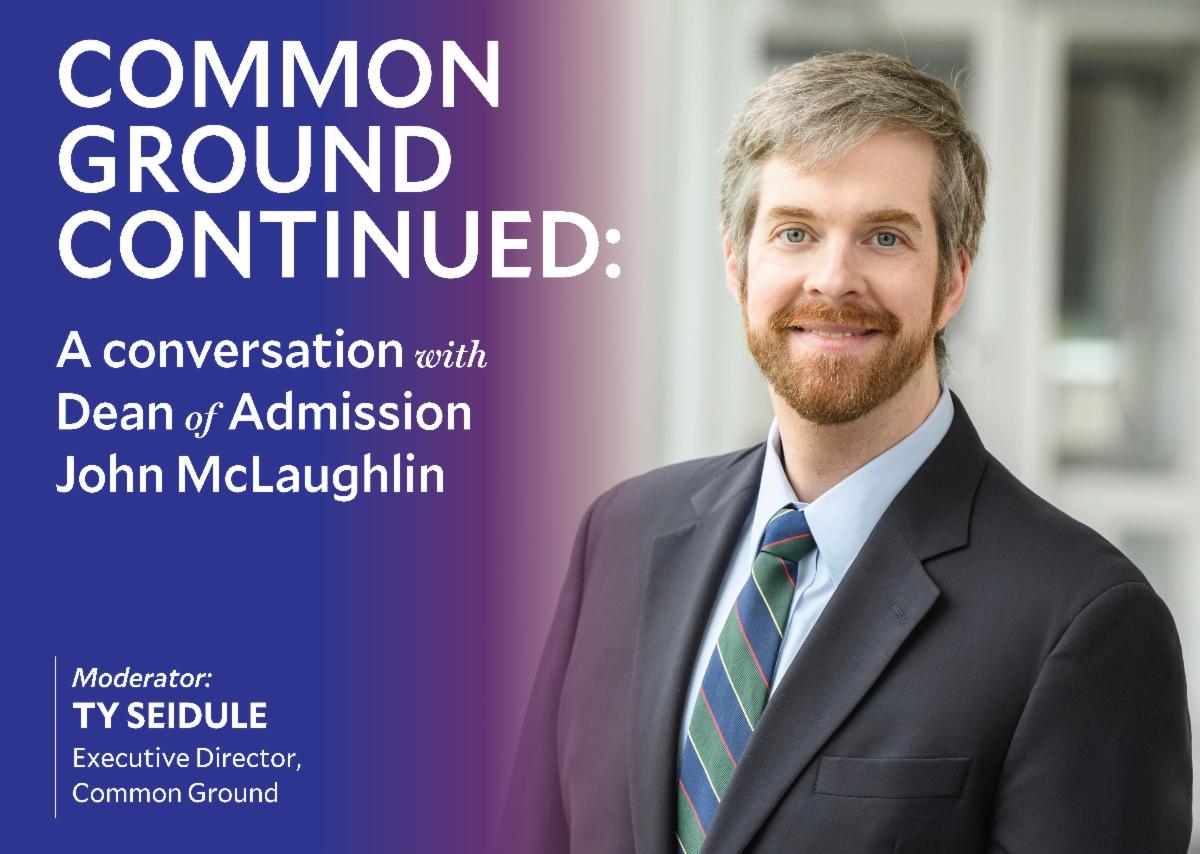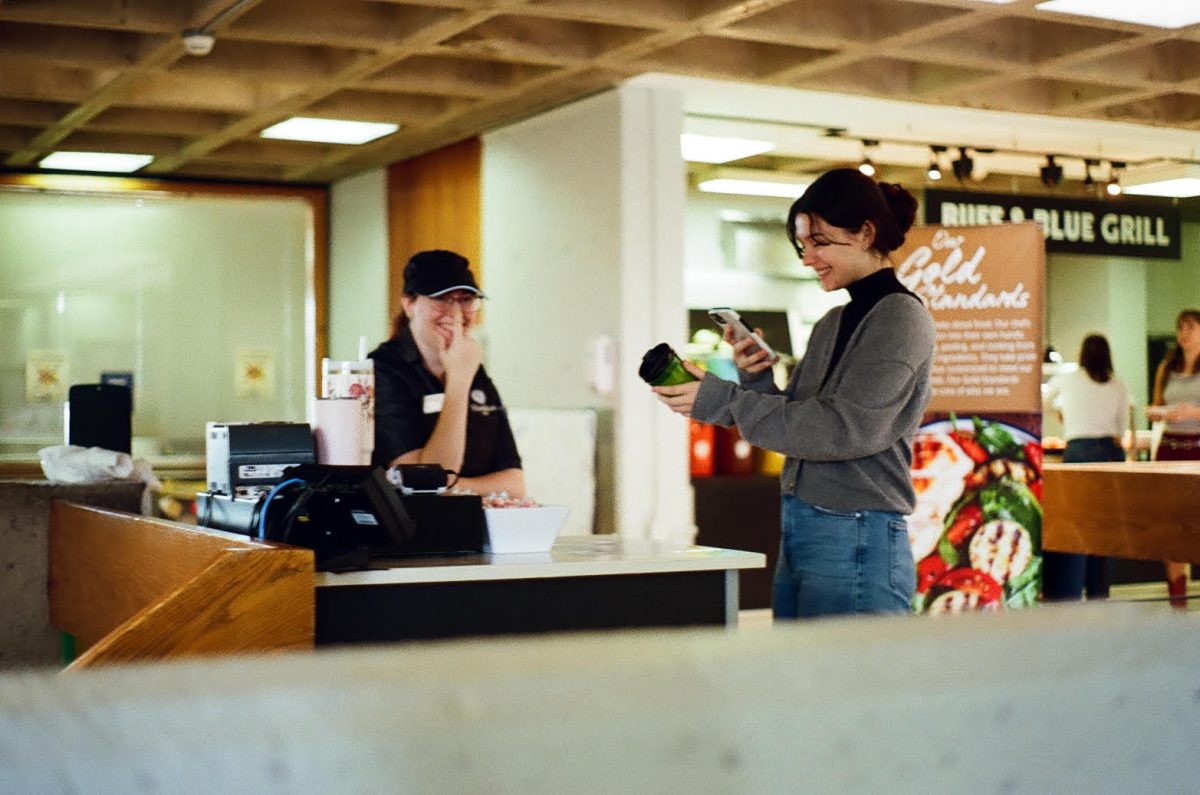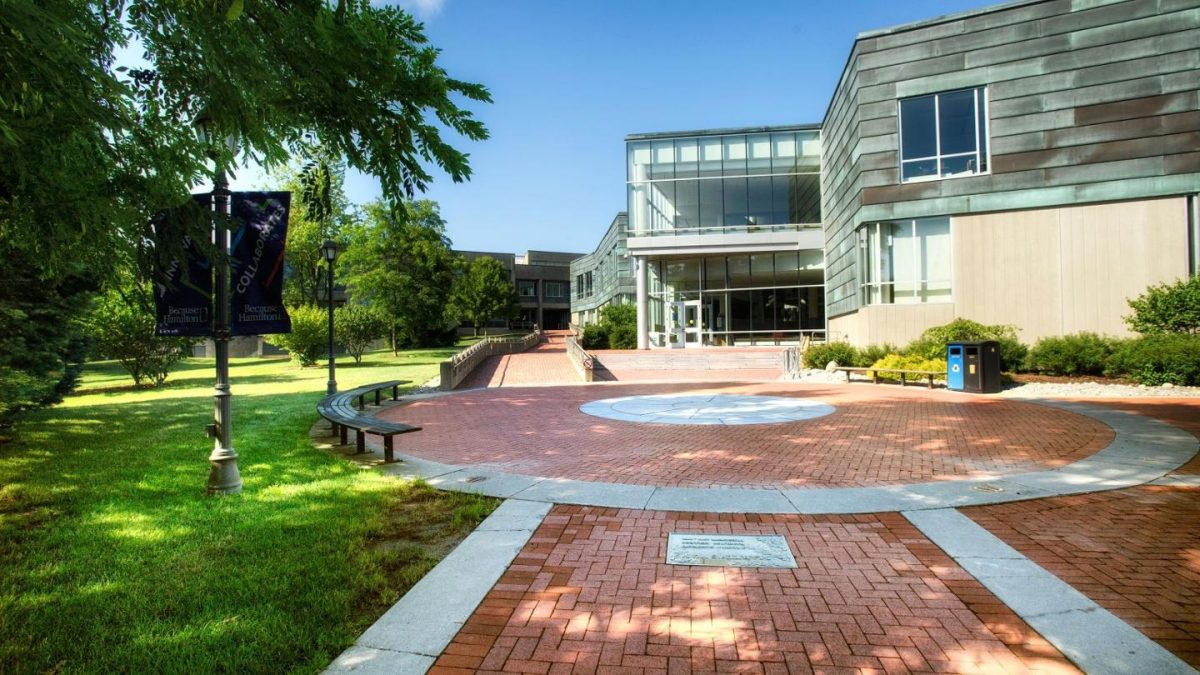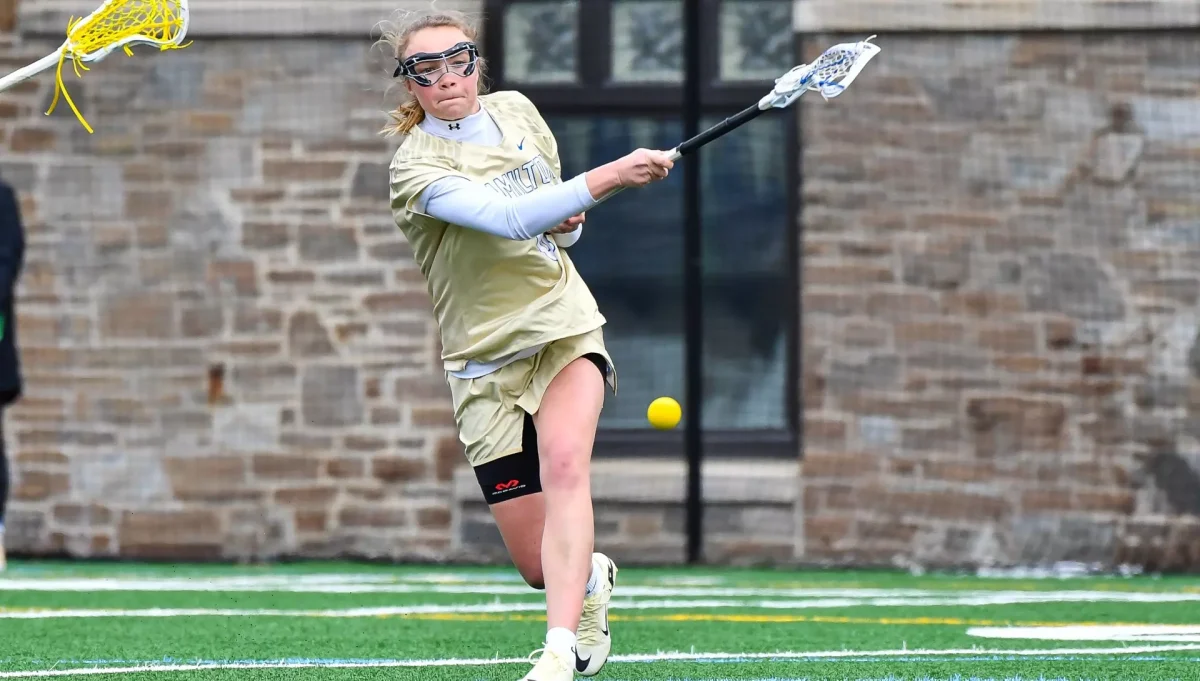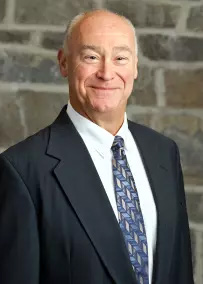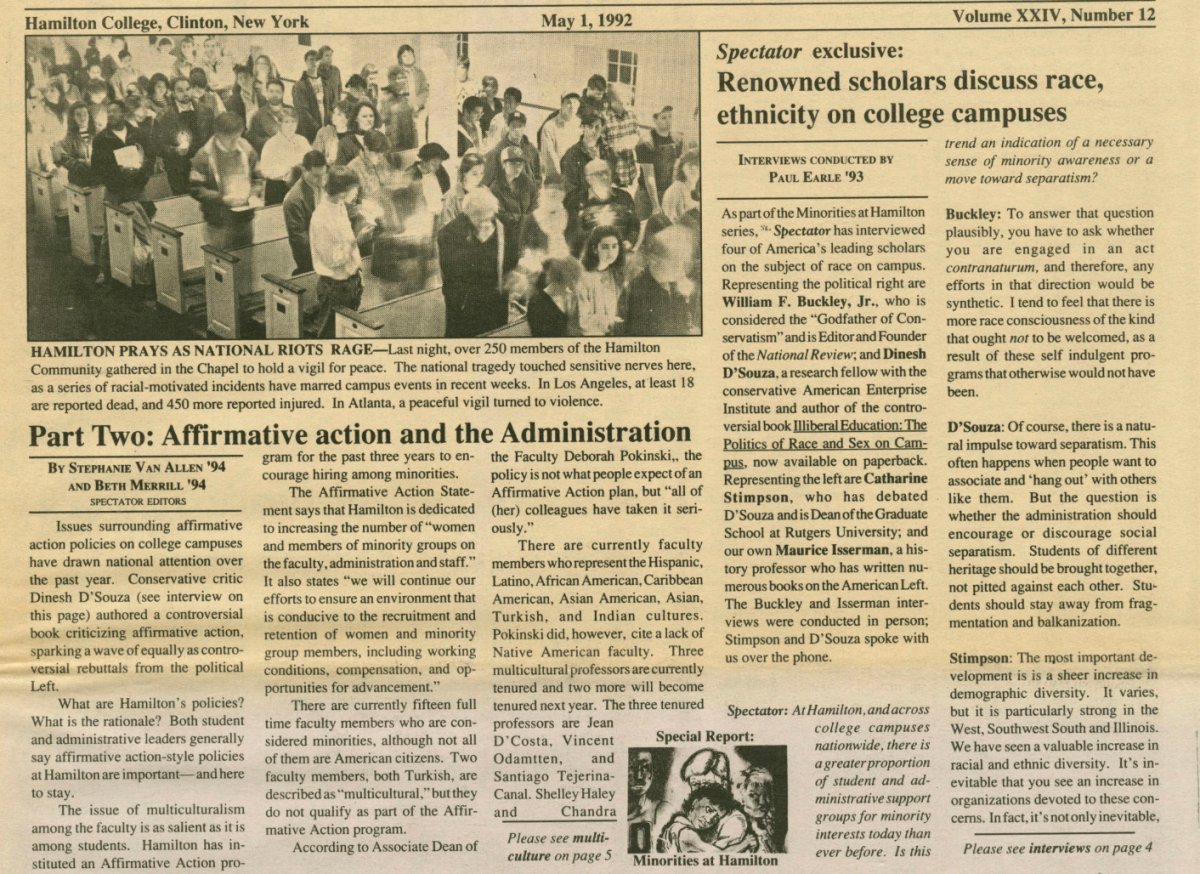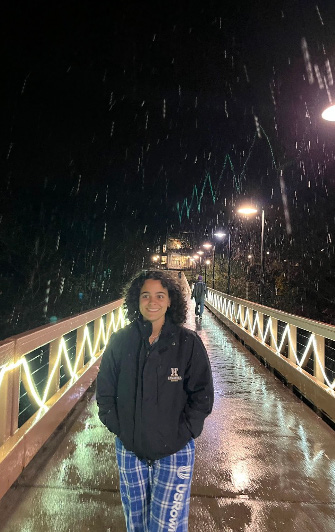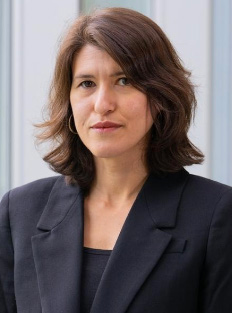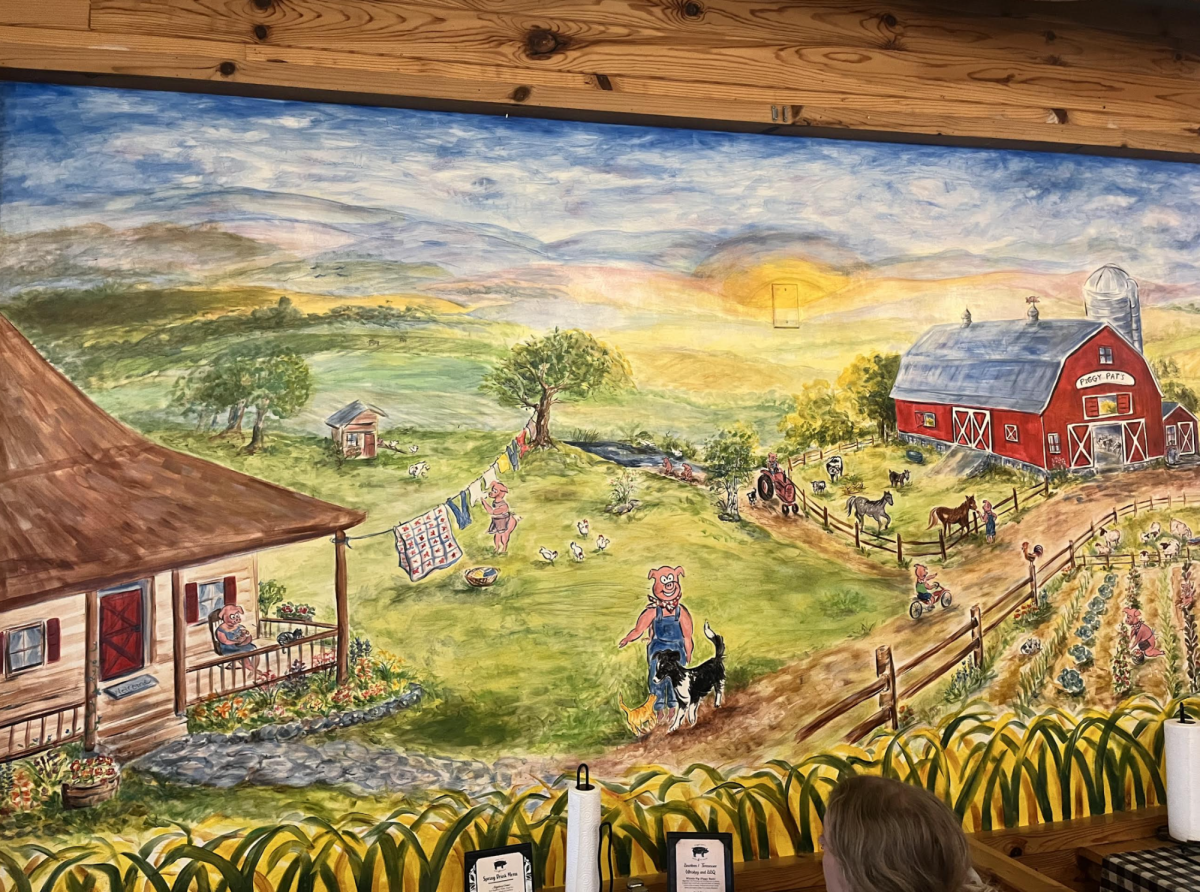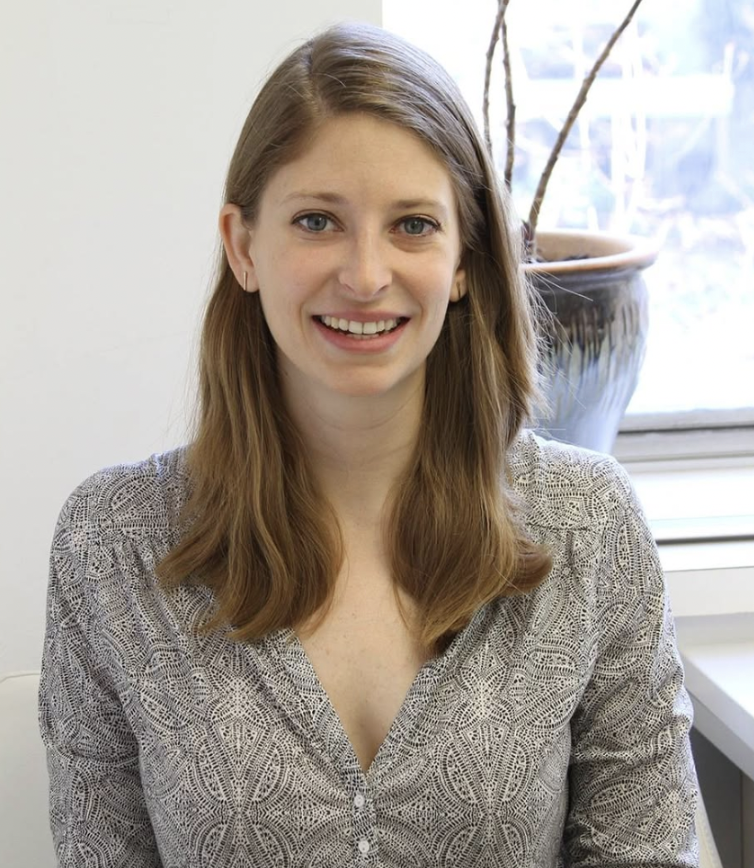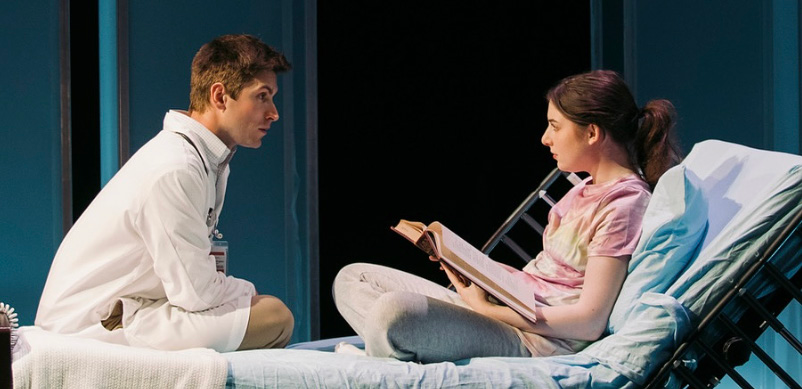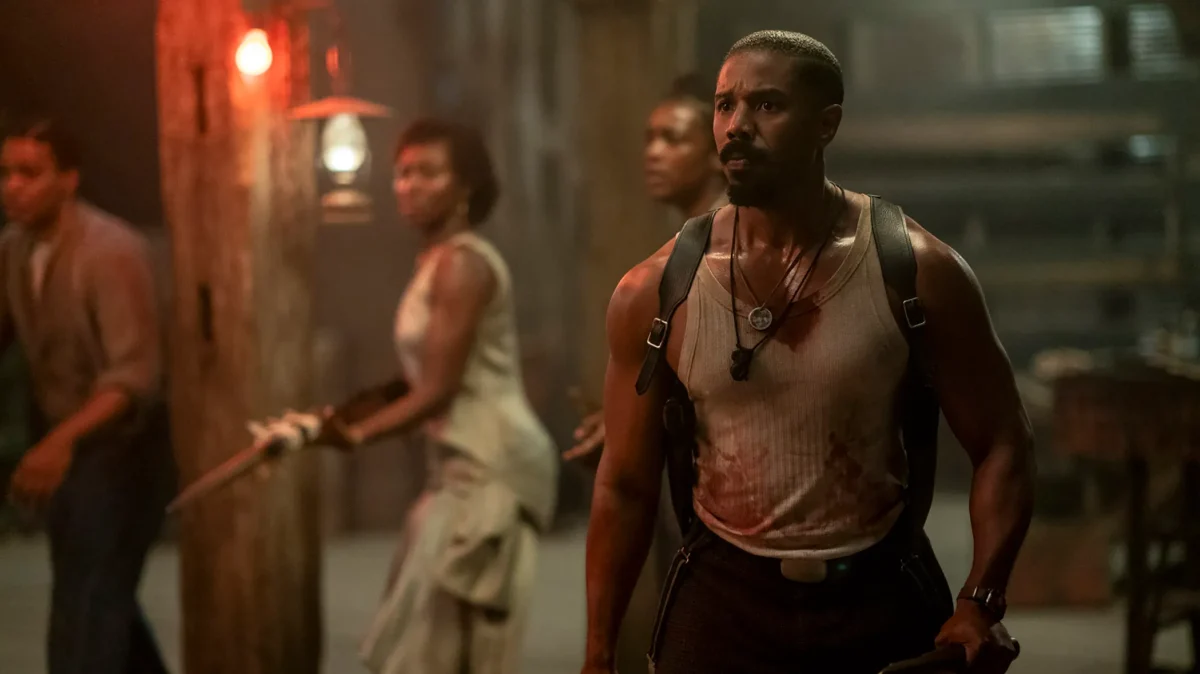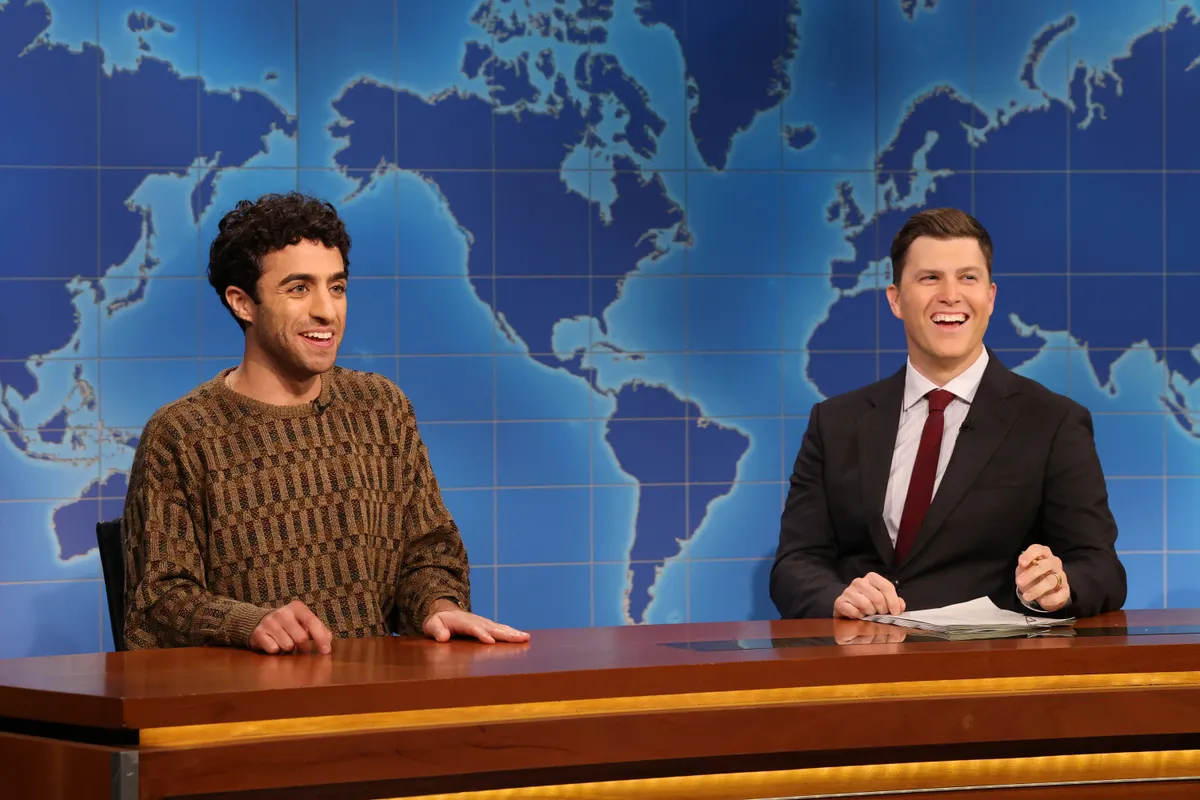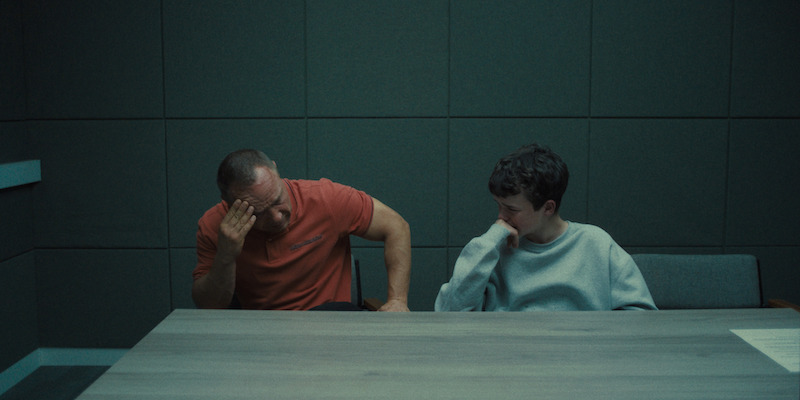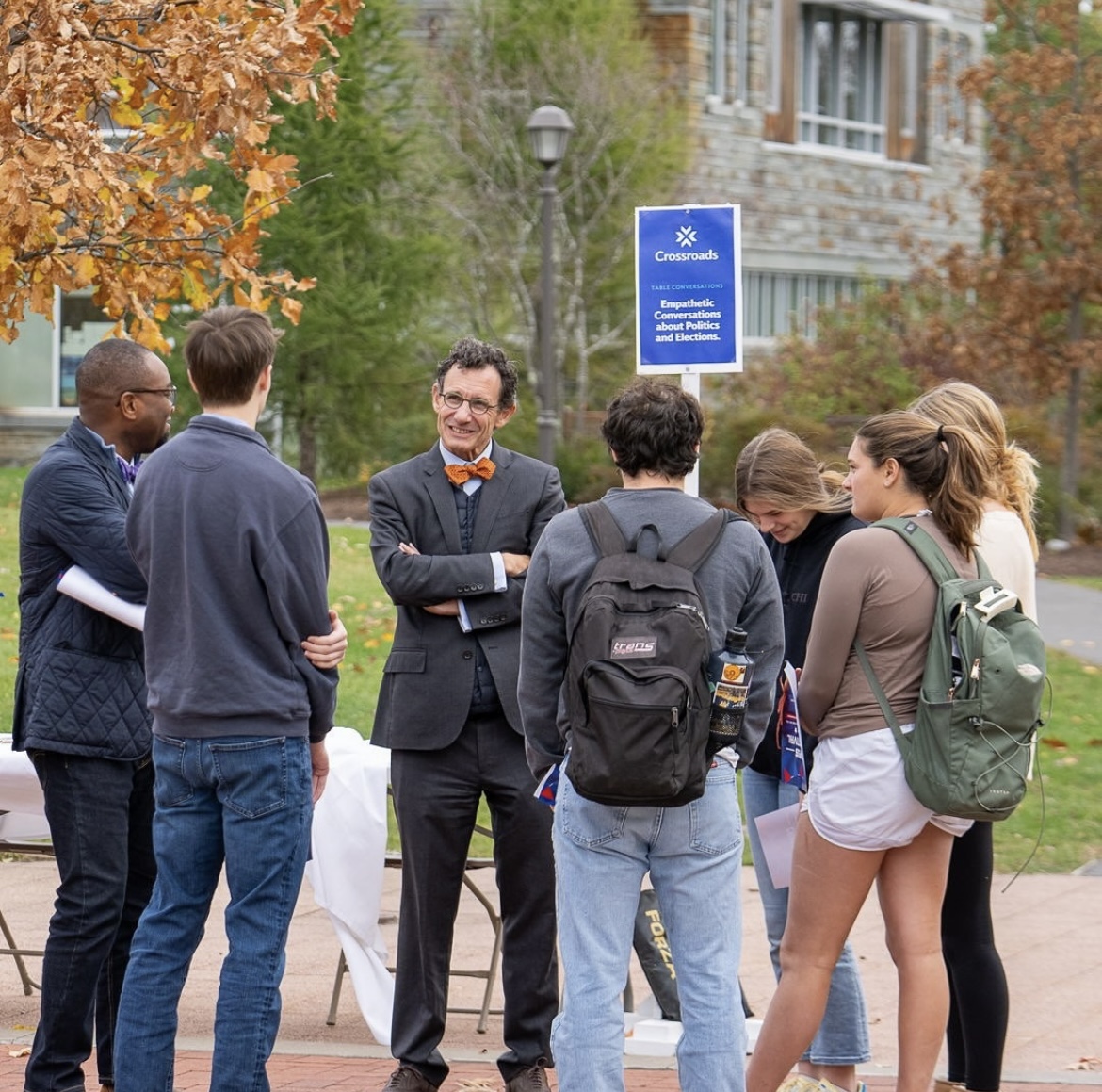
Professor Merdith Madden outlined her experiences in education on Tuesday, Nov. 15 during her lecture entitled “Social Justice Education Matters Across Education Contexts.” Her lecture gave a comprehensive view from the first-hand, personal experience of a teacher who has taught at various schools and universities. Madden described her commitments to social justice from the standpoints of a student, educator, researcher, and engaged citizen. She illuminated how her path to social justice action began with her own critical consciousness-raising and social identity awareness.
During her lecture, Madden outlined five essential components for social justice education. These steps are content mastery, tools for critical analysis, tools for action and social change, tools for personal reflection, and awareness of multicultural dynamics. Her own social justice education experiences were shared through an autoethnography — a reflection of experience to highlight structural inequalities. Madden went on to describe trends of “silencing, invisibility, and erasure” that she witnessed at various levels of education.
As a first-generation college student at Hobart and William Smith Colleges, Madden first came to recognize differences in how students experience education. Specifically, she discovered as an undergraduate the differences between students who are positioned to receive their educational experiences, and those who are positioned to claim them. With this in mind, following graduation, Madden worked in Boston, Washington, D.C. , and New York non-profit organizations focusing on social issues.
While in New York City, Madden worked as a grant writer and public affairs coordinator at a maternity residence for pregnant female youth. It was here where she discovered the dichotomy between “supporting the cause versus supporting the person,” as she described.
“I found it problematic to write about people without involving them,” Madden explained. “I was writing about these young women, and writing about their experiences, without having much interaction or engagement with them.”
In response to this discovery, Madden formed a dialogue group at the maternity residence, where she would meet in the evenings with the girls to listen and talk about their experiences, some of which were education related. Being New York City residents, they had access to public school spaces. However, Madden explained, where there is equal access, there has not always been equal opportunity for positive student experiences. Madden described this as a dehumanizing issue in education.
This experience inspired Madden to enter the field of teaching, as, through participation in the New York City Teaching Fellows program, she began work as a special education teacher placed at an underserved public middle school in the Bronx, NY. Madden witnessed the “dire situations” faced by children who attended the school. She described the blatant infrastructural inadequacy, a clear example of structural inequality. Madden was there as a NYC Teaching Fellow, an alternative teacher certification program that historically has led to an influx of white teachers into communities of color. She shared that as an urban educator, it became important for her to think about the ways she had and had not been prepared for her new role. She now advocates for alternative teacher education programs like NYCTF and Teach for America, as well as traditional education programs, to engage social justice education and interdisciplinary approaches to teacher preparation.
After teaching in the Bronx, Madden taught at a suburban public school in central New York. This school was more economically advantaged and students had access to many more resources. However, in her ELA classroom she noticed the lack of multicultural texts. When suggesting that students read a popular favorite in urban curriculums, Sandra Cisneros’s
House on Mango Street
, her choice was resisted by colleagues. Instead, Madden was told that those “ types” of books weren’t really taught there. She described this instance as a scenario of silencing that worked to keep the experiences of marginalized people invisible and erased from the curriculum. In time, Madden was able to include the book into the curriculum.
After the accumulation of all of this knowledge and experience, Madden taught at Syracuse University and at a community college in central New York. There, she witnessed very clear differences in the way students engaged in dialogue and communicated with one another in class. Essentially, at the community college, Madden describes classes where there was less student interaction, less opportunity for critical dialogue, and divisions by “invisible borders” of experience. This type of educational structure is defined by Paolo Freire as “banking pedagogy.” Many students at the community college thought they were meant to receive their education, as explained earlier, according to Madden. For Madden, it became important to her to create a space where students could claim their education.
Madden thus employed her teaching methods and the general educational structure found in her Intergroup Dialogue classroom at Syracuse to the community college, where students could engage with others and voice their opinions and perspectives in class, effectively tearing down invisible borders to find common ground. She found great enthusiasm from the students with students revealing how engaging with this pedagogy had fostered consciousness-raising, engaged voice, empowerment, and solidarity from working on social action projects.
Overall, Professor Madden witnessed various themes of marginalization during her experiences at all different levels of education in New York. She emphasized the need to think critically about alternative teacher certification programs that place underprepared teachers in the most underserved communities, and illustrated how social justice education is one approach to transforming schools for the good of students and the good of society.
Meredith Madden is a Visiting Assistant Professor of Education Studies at Hamilton. Her research focuses on sociology of education and social justice education. Her research and teaching interests also include critical pedagogy, teacher preparation, curriculum development and university-community collaborations. She recently taught the class “Issues in Education.” She has published her work on social justice education in
Equity and Excellence in Education,
and
Feminist


